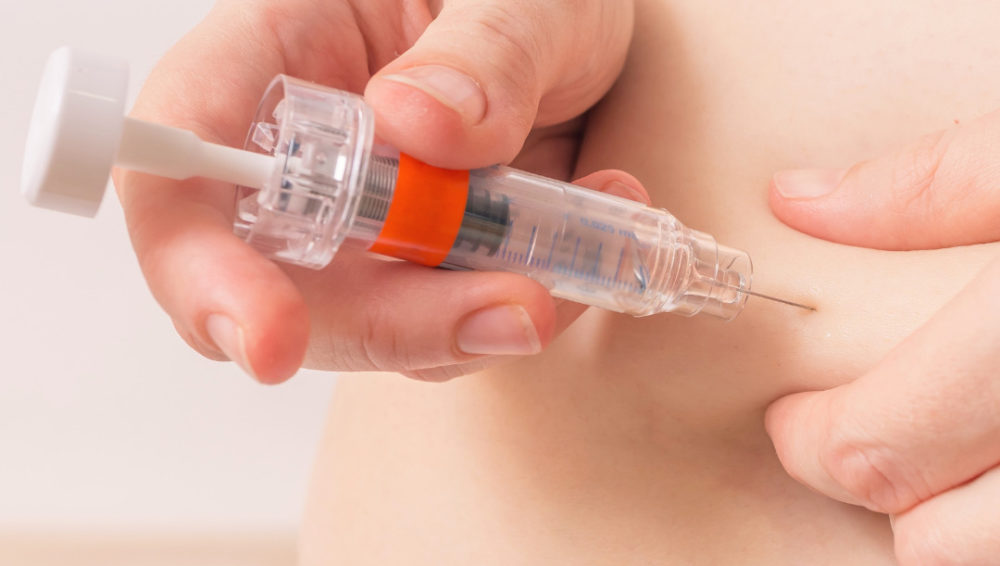Unraveling IUI: your guide to Intrauterine Insemination
This minimally invasive fertility treatment is often the first step for couples facing fertility challenges, and it has a success rate of up to 15%.

This minimally invasive fertility treatment is often the first step for couples facing fertility challenges, and it has a success rate of up to 15%.
Intrauterine insemination (IUI) is a fertility treatment method by which sperm is placed directly into the womb, close to the time of ovulation. It’s an affordable alternative to natural conception.
Reasons to do IUI
IUI is often the first form of treatment for women who experience unexplained infertility. It can be helpful when there are any of these situations that can impede successful natural conceptions:
- Female-related problems: Women who have endometriosis, thick cervical mucus, or ovulation problems such as low egg counts or irregular ovulation have lower chances of having their egg meeting the sperm during the fertility window.
- Male-related problems: Low sperm counts, weak sperms, or sperms with irregular sizes have lower chances of surviving the swimming race and fertilizing the egg.
Process of IUI
IUI involves collecting semen samples from the father. Then, the healthiest sperm are selected to be surgically injected into the mother’s uterus. Here is how it works.
- Sperm selection: Semen sample, collected from the father or a sperm donor, is “washed” to keep only the healthiest and most active sperm. Chances of conception are maximized when the sample consists of only concentrated, high-quality sperm.
- Optimal ovulation: The mother prepares her body by maintaining a healthy lifestyle and diet to get a constant menstrual cycle. To help the body produce multiple eggs, the mother will be given an ovulation-inducing medication. To plan the timing of ovulation, doctors often use HCG hormone injections.
- Insertion of sperm: Just after ovulation, the doctor will inject the sperm concentration into the uterus through a catheter. This procedure takes about 15 – 20 minutes. It will feel like getting a Pap smear. After the procedure, the mother will be required to lie down for a few minutes before resuming daily activities.
- The waiting stage: Following the injection, the sperm will swim up the fallopian tube to fertilize with the waiting eggs. There may be some spotting a few days after the procedure. Wait for at least two weeks before testing with a pregnancy test kit.
Risks
There is a slight possibility of an infection or light spotting resulting from the procedure. Otherwise, the risks are relatively low.
Benefits
IUI is affordable and low-risk compared to other fertility methods. Moreover, through IUI, same-sex couples or women who prefer to have a baby by themselves can use donor sperm to help them start a family.
Verified:
Dr. Wanwadee Sapmee Panyakat (OB-GYN), license no. 41208 (1 April 2023)



